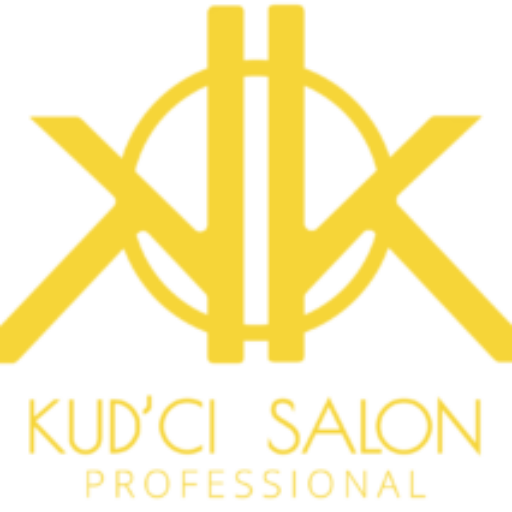
Choosing the right professional shampoo and conditioner can significantly impact your hair’s health and appearance. With a myriad of options available, understanding your hair type and its specific needs is crucial to making an informed decision.
1. Identify Your Hair Type and Concerns:
The first step is to accurately determine your hair type and any concerns you may have.
* Hair Type:
* Fine: Lacks volume, easily weighed down.
* Medium: Normal thickness, relatively easy to manage.
* Thick/Coarse: Dense, can be prone to frizz.
* Straight: Sleek, may lack volume.
* Wavy: Forms gentle “S” shapes.
* Curly: Forms spirals or ringlets.
* Coily: Tightly coiled, prone to dryness.
* Concerns:
* Dryness: Feels brittle, lacks moisture.
* Oiliness: Scalp produces excess sebum.
* Frizz: Hair strands stand out, lack smoothness.
* Damage: Caused by chemical treatments, heat styling, etc.
* Color-treated: Requires special care to maintain vibrancy.
* Thinning: Noticeable hair loss or reduced density.
2. Match Shampoo and Conditioner to Your Needs:
Once you’ve identified your hair type and concerns, it’s time to find products that address them.
* Shampoo:
* Fine Hair: Volumizing shampoos with lightweight formulas.
* Thick/Coarse Hair: Hydrating shampoos to add moisture and control frizz.
* Dry Hair: Moisturizing shampoos with nourishing ingredients like oils or shea butter.
* Oily Hair: Balancing shampoos to control sebum production without stripping natural oils.
* Color-Treated Hair: Color-safe shampoos to protect and preserve color vibrancy.
* Damaged Hair: Strengthening shampoos with protein to repair and reinforce hair structure.
* Thinning Hair: Thickening shampoos with ingredients like biotin or caffeine to promote growth.
* Conditioner:
* Fine Hair: Lightweight conditioners that won’t weigh hair down.
* Thick/Coarse Hair: Rich, hydrating conditioners to detangle and smooth.
* Dry Hair: Deep conditioners with intensive moisturizing properties.
* Oily Hair: Lightweight conditioners focused on the ends, avoiding the scalp.
* Curly/Coily Hair: Leave-in conditioners or deep conditioners to provide extra moisture and definition.
* Damaged Hair: Repairing conditioners with protein and other restorative ingredients.
3. Look for Key Ingredients:
Pay attention to the ingredient list to ensure the products align with your hair’s needs.
* Moisturizing Ingredients: Hyaluronic acid, glycerin, shea butter, argan oil, coconut oil.
* Strengthening Ingredients: Keratin, protein, amino acids.
* Volumizing Ingredients: Panthenol, biotin, caffeine.
* Soothing Ingredients: Aloe vera, chamomile, tea tree oil.
* Avoid (if applicable): Sulfates (SLS/SLES), parabens, silicones, drying alcohols.
4. Consider Professional Brands:
Professional hair care brands often offer higher quality ingredients and formulations compared to drugstore brands. Consult with your stylist for recommendations tailored to your specific needs.
5. Read Reviews and Seek Recommendations:
Research online reviews and seek recommendations from trusted sources like hairstylists or beauty experts. Look for feedback from people with similar hair types and concerns.
6. Trial and Error:
Don’t be afraid to try different products until you find the perfect match for your hair. It may take some experimentation to discover what works best for you. Additional Tips:
* Clarify Regularly: Use a clarifying shampoo once a month to remove product buildup and residue.
* Rotate Products: Alternate between different shampoos and conditioners to address varying needs.
* Use the Right Amount: Follow the product instructions for optimal usage.
* Deep Condition Regularly: Incorporate deep conditioning treatments into your routine for extra nourishment.
By understanding your hair’s unique needs and choosing the right professional shampoo and conditioner, you can achieve healthy, vibrant, and beautiful hair. Remember, consistency and patience are key to seeing the best results.
